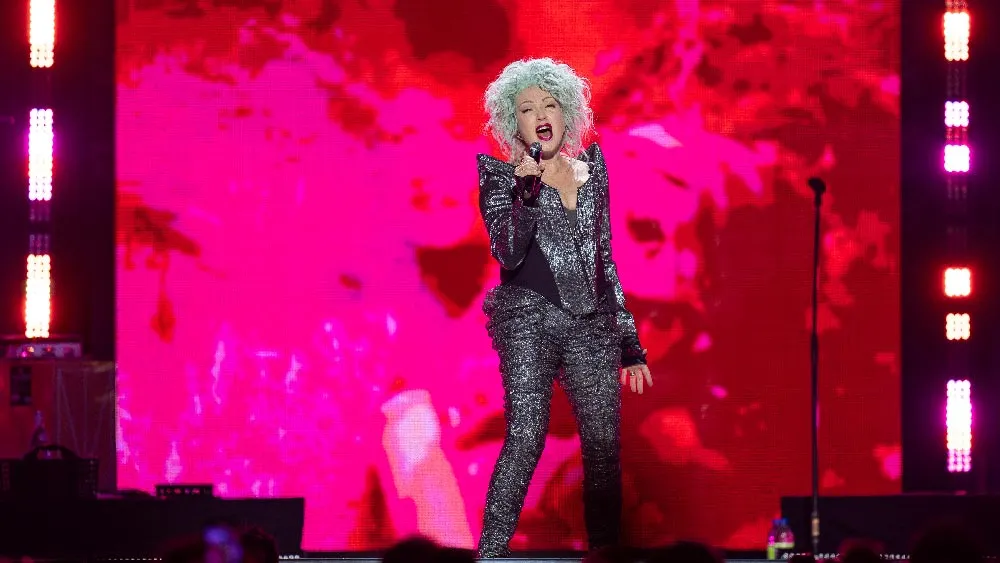May 12, 2015
Standing Tall: The Curious History of Men in Heels
EDGE READ TIME: 5 MIN.
Forget the Picasso and the Monet. Yawn. Head instead to the Bata Shoe Museum in Toronto, Canada, for "Standing Tall: The Curious History of Men in Heels." As the official exhibition to launch the Museum's 20th anniversary year, "Standing Tall" challenges preconceived notions about who wears heels and why.
From privileged rulers to hyper-sexualized rock stars, this provocative exhibition explores the history of men in heels from the early 1600s to today, delving into the use and meanings of heeled footwear in men's dress over the last four hundred years.
While today, the thought of a man in heels is met with disbelief and amazement, invoking images of indiscretion and being different, it hasn't always been this way. "When heels were introduced into fashion at the turn of the 17th century, men were the first to adopt them and they continued wearing heels as expressions of power and prestige for over 130 years," said senior curator Elizabeth Semmelhack. "Even after they fell from men's fashion in the 1730s, there were pockets of time when heels were reintegrated into the male wardrobe not as a way of challenging masculinity but rather as a means of proclaiming it."
While some lifestyles today continue to accept men dressing in heels; the rugged cowboy in heeled boots is the perfect example, for most men even an extra inch on a pair of business brogues can prove to be highly destabilizing; calling their masculinity and intentions into question. But with the advantages of height currently connected to everything from higher pay to increased desirability, the real question is why don't men wear heels? This exhibition explores this question, as well as others including the controversial use of heels and lifts by a number of heads of state.
Offering rare examples of men's heeled footwear from the 17th and 18th centuries, mid-19th century military boots, 1930s cowboy boots and 1940s biker boots, visitors also have the opportunity to view John Lennon's original 1960s Beatle boot, platforms worn by Elton John in the 1970s, and recent heels from haute couture collections, all from the Museum's own holdings.
The opening of "Standing Tall" is one of the highlights of the BSM's 20th anniversary celebrations, once again showcasing the Museum's role as a world-renowned cultural institution dedicated to exploring the role of footwear in society. "Standing Tall" will be one of numerous "unexpected" undertakings over the yearlong program. The exhibit will be on display through May 2016.
EDGE offers a sneak peek at some of our favorite men's heels:
American, Justin and Tony Lama Boots, 20th Century
Packer boots, like the more iconic pull-on cowboy boots, originated on the frontier and were also worn for horseback riding. They evolved from 19th century lace-up boots and allow wearers to customize the fit. Like other cowboy boots, packer boots feature high heels and are commonly embellished with embroidery.
This unembellished boot was made by Justin Boots, one of the oldest cowboy boot makers dating to the 1879. The embroidered example was made by Tony Lama established in 1911.
American, Early 1970s
In the early 1970s, men's fashion saw a return to traditional garments such as the three-piece suit, albeit with slightly exaggerated features such as wider lapels and tight, form-fitting flared pants. Men were encouraged to use accessories, such as high-heeled shoes, to express their individuality.
The most popular form of footwear remained traditional lace-ups but like the three piece suit was updated by the addition of high heels, platform soles and a wide variety of non-traditional colors and patterns.






